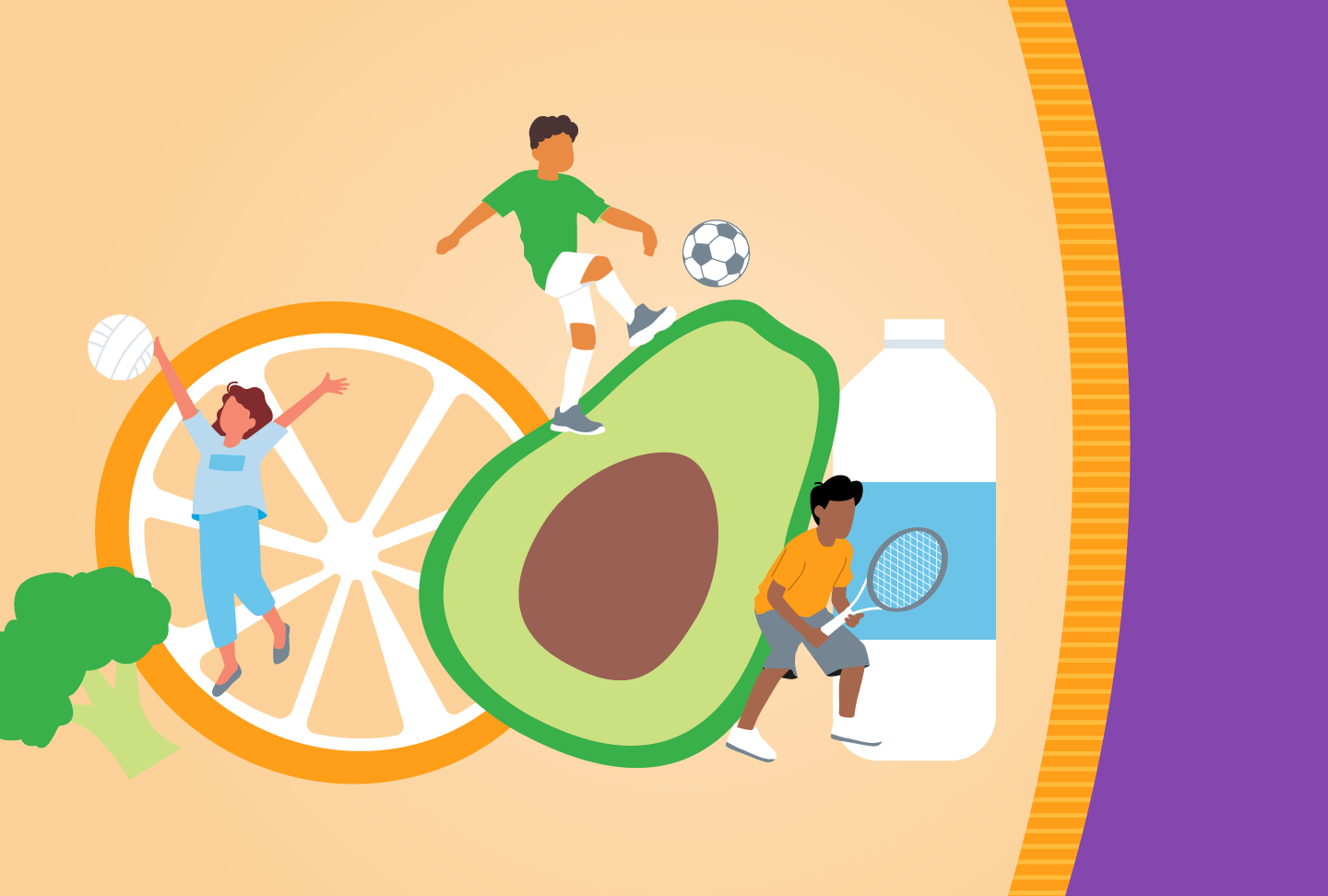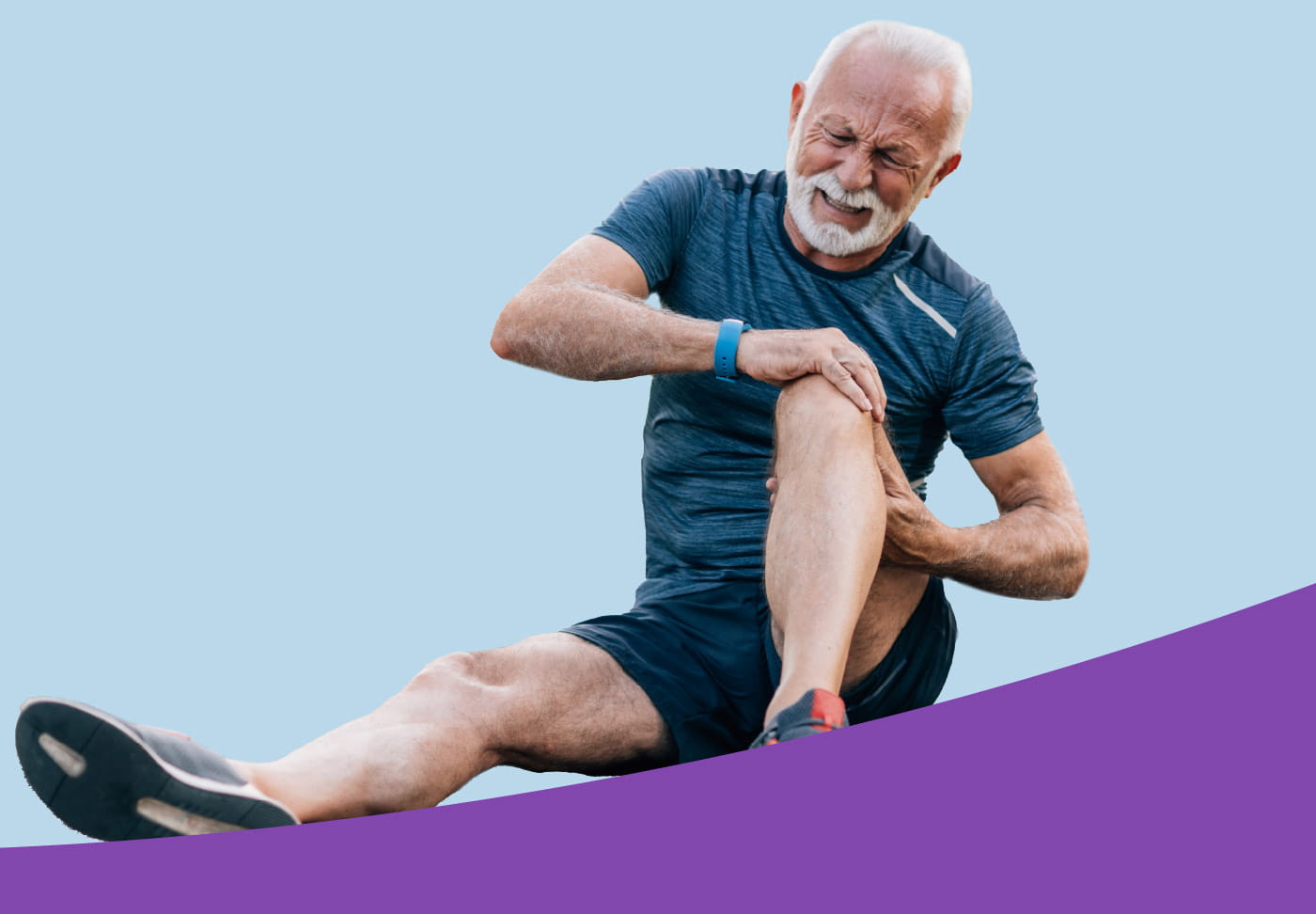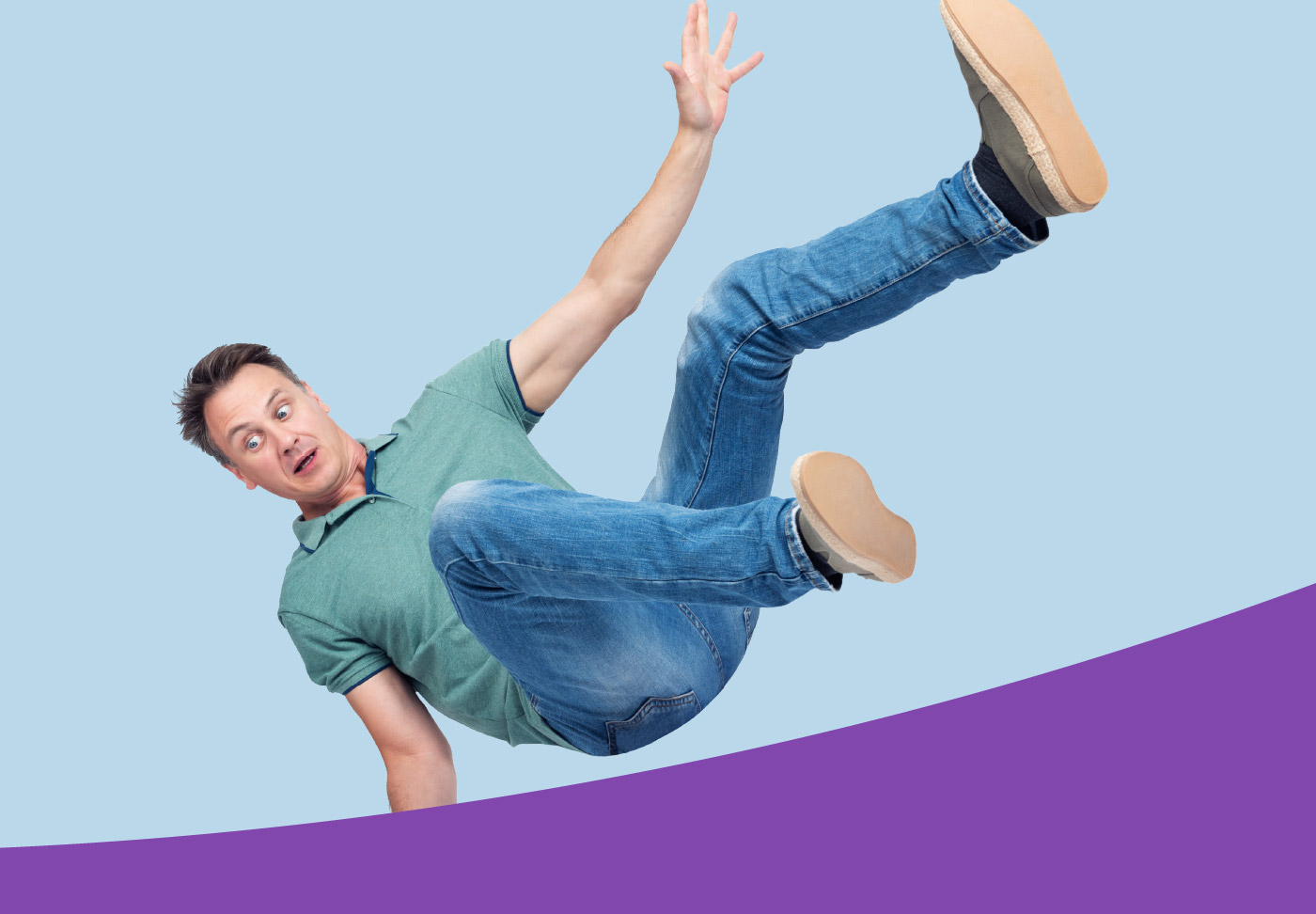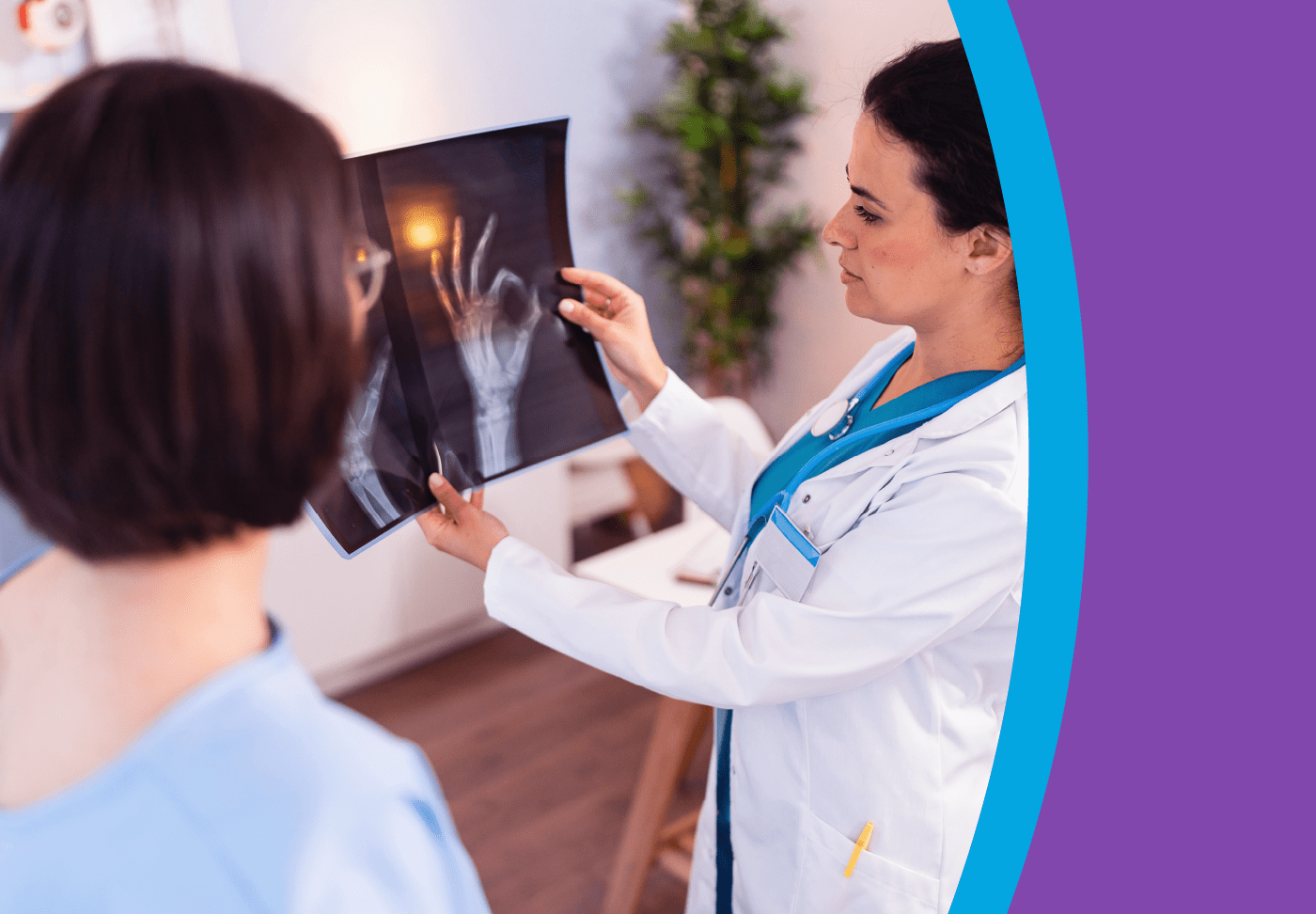Hand surgery is a unique and intricate field that combines the precision of microsurgery with the compassion required to treat patients of all ages. My journey into this specialized area of medicine comes from a deep passion for helping individuals regain function and improve their quality of life. This article explores my dedication to pediatric hand surgery and minimally invasive adult hand surgery, including arthroscopy and ultrasound-guided procedures such as carpal tunnel and trigger finger release.
The Beginnings of a Passion
From an early age, I was fascinated by the complexity of machines, computers and tools. Until high school, I was convinced that I should become an engineer. However, in the last month of high school I shadowed an orthopedic surgeon and told myself, “I’ll go to medical school if I can do that!” During my medical training, I was fortunate to be able to help many patients in the emergency department to return to their lives and work by treating their hand injuries. I became enamored with the hand’s intricate network of bones, tendons, nerves and muscles that allow for an incredible range of motion and dexterity. Also, in treating children during residency, I wanted to learn more about the growing hand and how I could help children gain the most function. This fascination led me to direct my career in medicine toward a particular focus on hand surgery and pediatric orthopedics.
Pediatric Hand Surgery: A Delicate Balance
Pediatric hand surgery is a particularly rewarding aspect of my practice. Children with congenital hand differences or traumatic injuries require specialized care that addresses both their physical and emotional needs. The challenge lies in the delicate balance of performing intricate surgeries on tiny, developing hands while ensuring minimal disruption to their growth and development.
One of the most fulfilling aspects of pediatric hand surgery is witnessing the resilience and adaptability of young patients. Their ability to recover and adapt to new circumstances is truly remarkable. Whether it is correcting a congenital anomaly like syndactyly (webbed fingers) or repairing a traumatic injury, the goal is always to restore function and enable these children to lead active, fulfilling lives. My favorite pediatric hand surgery is the index pollicization, in which I convert the index finger into a thumb for children who are born without a thumb.
Minimally Invasive Techniques: The Future of Hand Surgery
In recent years, minimally invasive techniques have revolutionized the field of hand surgery. These approaches offer many benefits, including reduced pain, faster recovery times and smaller scars. My practice has increasingly incorporated these techniques, particularly arthroscopy and ultrasound-guided procedures, to provide the best possible outcomes for my patients.
Arthroscopy: Precision Through Small Incisions
Arthroscopy is a minimally invasive surgical technique that involves the use of a small camera, called an arthroscope, to visualize the inside of a joint. This allows for precise diagnosis and treatment of various hand conditions without the need for large incisions. In my practice, arthroscopy works well for conditions such as wrist ligament injuries, ganglion cysts and early-stage arthritis.
The advantages of arthroscopy are myriad. Patients experience less postoperative pain, shorter hospital stays and quicker return to daily activities. Additionally, the smaller incisions result in less scarring, which is particularly important for hand surgery, where stiffness can lead to delayed recovery since tissues must stretch to recover.
Ultrasound-Guided Procedures: Real-Time Precision
Ultrasound-guided procedures have also become a cornerstone of my practice. This technique involves using ultrasound imaging to guide the placement of needles or surgical instruments in real-time. It is particularly useful for conditions such as carpal tunnel syndrome and trigger finger, where precise targeting of the affected area is crucial.
For carpal tunnel syndrome, ultrasound guidance allows for accurate placement of the needle during corticosteroid injections or for the release of the transverse carpal ligament. This results in effective symptom relief with minimal discomfort for the patient. Similarly, for trigger finger, ultrasound guidance ensures precise release of the constricted tendon sheath, leading to improved outcomes and faster recovery.
The Human Connection: Building Trust and Empathy
While the technical aspects of hand surgery are undoubtedly important, the human connection is equally vital. Building trust and empathy with my patients is at the core of my practice. Each patient comes with their own unique story, and understanding their concerns and goals is essential for providing personalized care.
In pediatric hand surgery, this often involves working closely with both the child and their family. Explaining the surgical procedure in a way that is understandable and reassuring helps to alleviate anxiety and build confidence in the treatment plan. For adult patients, particularly those undergoing minimally invasive procedures, clear communication about the benefits and expectations of the surgery is crucial for informed decision-making.
Continuing Education and Innovation
The field of hand surgery is constantly evolving, with new techniques and technologies emerging regularly. Staying at the forefront of these advancements is a priority for me. I am committed to continuous education and regularly attend conferences, workshops and training sessions to refine my skills and learn about the latest developments in hand surgery.
Innovation is also a key aspect of my practice. I actively participate in research studies and collaborate with colleagues to explore innovative approaches and improve existing techniques. This commitment to innovation ensures that my patients receive the most advanced and effective treatments available.
Conclusion: A Lifelong Commitment
My passion for pediatric hand surgery and minimally invasive adult hand surgery comes from my desire to make a meaningful difference in the lives of my patients. The ability to restore function, alleviate pain and improve quality of life is incredibly rewarding. As I continue this journey, I remain dedicated to providing compassionate, cutting-edge care to all my patients, young and old.
Hand surgery is more than just a profession for me; it is a lifelong commitment to excellence, empathy and innovation. Each day brings new challenges and opportunities to gain experience and grow, and I am grateful for the privilege of being able to help my patients achieve their best outcomes.




